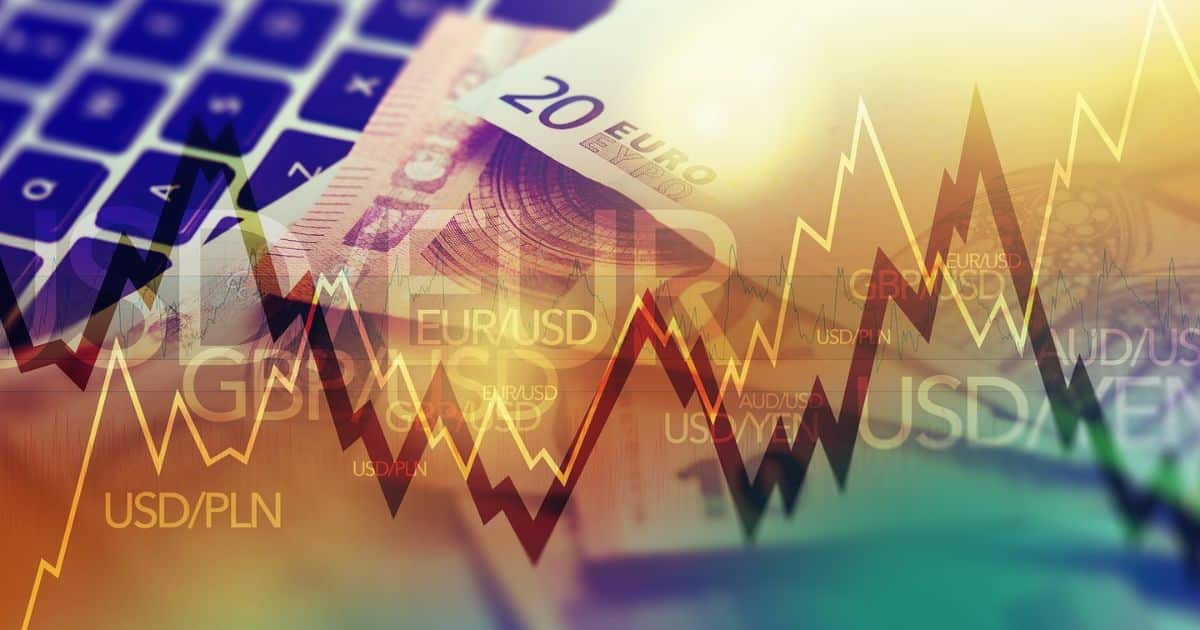Every day, billions of dollars flow through the stock market, creating a financial ecosystem that shapes global economies. Consider this: in a single trading session, companies like Apple, Microsoft, and Amazon witness millions of shares exchanged, resulting in staggering sums of money changing hands. These mind-boggling figures illustrate the magnitude of the daily trading volume in the stock market. In this article, we delve into the jaw-dropping world of stock market transactions, exploring the immense wealth that drives the markets.
Key Takeaways
- The New York Stock Exchange (NYSE) has an average daily trading volume of around 4 billion shares, highlighting the immense liquidity and activity within the financial markets.
- The average daily trading volume in the global stock market exceeds $1.8 trillion, reflecting the high level of activity and liquidity in the market.
- Stock market transactions play a crucial role in driving economic growth and stability by fostering efficient price discovery, attracting investors, and facilitating capital formation.
- The constant flow of money in the stock market has a global impact, fueling economic growth, contributing to market volatility, and potentially causing economic instability.
The Mind-Boggling Daily Trading Volume in the Stock Market
The mind-boggling daily trading volume in the stock market is a testament to the immense liquidity and activity within the financial markets. Exploring global stock markets and analyzing trading patterns reveals the scale of this phenomenon. On an average day, the New York Stock Exchange (NYSE) alone sees a trading volume of around 4 billion shares. This translates to billions of dollars changing hands within a single trading session. In addition to the NYSE, other major stock exchanges like NASDAQ, London Stock Exchange, and Tokyo Stock Exchange also experience significant daily trading volumes. The sheer magnitude of these numbers underscores the global reach and importance of stock markets as platforms for wealth creation and investment opportunities. Analyzing trading patterns further allows investors and analysts to identify trends, make informed decisions, and potentially capitalize on market movements.
Exploring the Billions of Dollars Exchanged in Stock Market Transactions
A deep exploration into the billions of dollars exchanged in stock market transactions provides valuable insights into the financial dynamics and potential for wealth accumulation. The economic impact of these transactions cannot be understated, as they play a crucial role in driving economic growth and stability. Market liquidity, defined as the ease with which assets can be bought or sold, is a key factor in determining the volume of daily trading. Liquidity ensures that market participants can enter or exit positions without significantly impacting the price of the asset. This fosters efficient price discovery and enhances market efficiency. Moreover, the high levels of liquidity in the stock market attract investors and facilitate capital formation, which further fuels economic development. Understanding the magnitude and implications of the billions of dollars traded in the stock market is essential for individuals and institutions seeking to navigate the complexities of wealth accumulation in the financial markets.
Understanding the Magnitude of Money Flow in the Stock Market
Billions of dollars flow through the stock market daily, highlighting the vast financial landscape and its potential impact on global economies. The stock market serves as a platform for investors to buy and sell securities, such as stocks and bonds, with the hope of earning profits. This constant flow of money not only fuels economic growth but also contributes to market volatility. The stock market’s global impact is undeniable, as it affects not only individual investors but also entire nations. Market volatility can lead to rapid shifts in stock prices, impacting investor confidence and potentially causing economic instability. To truly understand the magnitude of money flow in the stock market, it is important to take a closer look at the massive sums traded on a daily basis.
A Closer Look at the Massive Sums Traded on a Daily Basis
Considering the vast financial landscape of the stock market, it is crucial to examine the massive sums traded on a daily basis. Understanding the magnitude of money flow in the stock market is essential for investors and analysts alike. Examining market trends and analyzing trading patterns can provide valuable insights into the behavior of market participants and the overall health of the market. According to recent data, the average daily trading volume in the global stock market exceeds $1.8 trillion. This staggering amount reflects the high level of activity and liquidity in the market. By studying these trading patterns, investors can make informed decisions and potentially capitalize on profitable opportunities. Analyzing market trends is an integral part of successful investing and can help investors navigate the complexities of the stock market.
Unveiling the Jaw-Dropping Figures Behind Stock Market Trading
The stock market’s jaw-dropping figures, along with its immense liquidity and high trading volumes, reveal the dynamic nature of the market. These figures are a reflection of the impact of technology on stock market trading, as well as the various factors influencing daily trading volumes in the stock market. Key factors that influence trading volumes include:
- Economic indicators: Positive economic news often leads to increased trading volumes, as investors are more willing to buy stocks.
- Market sentiment: Investor optimism or pessimism can significantly impact trading volumes, with high levels of optimism typically associated with increased trading activity.
- Company news: Announcements such as earnings reports or mergers and acquisitions can drive trading volumes, as investors react to new information.
- Market volatility: Higher levels of market volatility tend to result in increased trading volumes, as investors seek to take advantage of price fluctuations.
- Trading technology: The development of advanced trading technologies has facilitated faster and more efficient trading, leading to higher trading volumes.
Overall, these factors, combined with the influence of technology, contribute to the daily trading volumes observed in the stock market.
Frequently Asked Questions
How Does the Daily Trading Volume in the Stock Market Impact the Overall Economy?
The daily trading volume in the stock market has a significant impact on the overall economy. It affects employment levels and investor sentiment, making it a crucial determinant of economic growth and stability.
What Are the Main Factors That Contribute to the Fluctuations in Daily Trading Volume?
The factors affecting trading volume in the stock market include market sentiment, economic indicators, corporate earnings, and news events. Fluctuations in trading volume can impact stock prices, as higher volume often indicates increased market activity and potential price volatility.
How Does the Daily Trading Volume in the Stock Market Compare to Other Financial Markets, Such as the Foreign Exchange Market?
The daily trading volume in the stock market can be compared to other financial markets, such as the foreign exchange market, by analyzing the market liquidity and the comparison with the commodities market. This comparison provides insights into the relative size and activity of each market.
Are There Any Regulations or Mechanisms in Place to Ensure the Stability and Integrity of the Stock Market Given Its Massive Daily Trading Volume?
Regulatory measures and market surveillance mechanisms are in place to ensure the stability and integrity of the stock market. These measures aim to safeguard investors’ interests, maintain fair trading practices, and detect and prevent market manipulation, thereby fostering a trustworthy and transparent trading environment.
How Does the Daily Trading Volume in the Stock Market Vary Across Different Types of Stocks, Such as Large-Cap, Mid-Cap, and Small-Cap Stocks?
The daily trading volume in the stock market varies across different types of stocks, such as large-cap, mid-cap, and small-cap stocks. This variation is influenced by market capitalization, with larger stocks generally experiencing higher trading volumes.
Conclusion
In conclusion, the daily trading volume in the stock market is mind-boggling, with billions of dollars exchanged in transactions. The magnitude of money flow in the stock market is truly astonishing, with massive sums traded on a daily basis. These jaw-dropping figures reveal the immense scale of stock market trading, making it comparable to a raging river flowing with wealth.









